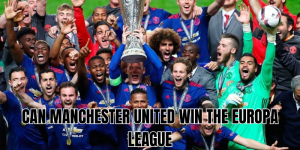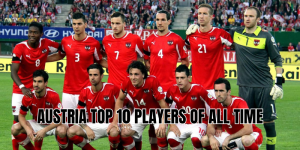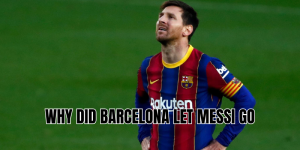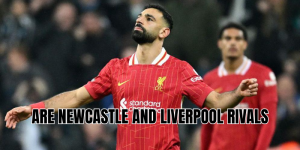One question has echoed around Emirates Stadium and across social media: why Arsenal not signing striker this winter feels like such a gamble. FreeKickSEO will walk you through the real reasons behind Arsenal’s decisions, what went wrong, and whether the club can still avoid regrets by season’s end.
What “why Arsenal not signing striker” really refers to
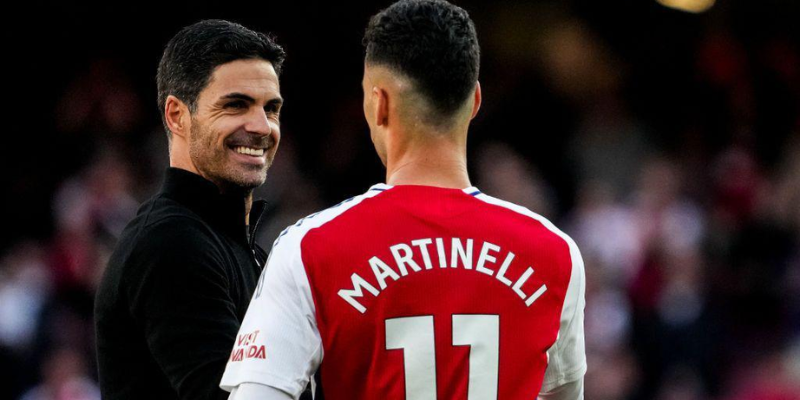
Arsenal have not added a new traditional centre-forward in recent windows (especially February 2025), despite serious injury issues and growing fan concern. Key events that triggered the criticism:
- Gabriel Jesus suffered a season-ending injury.
- Kai Havertz, the primary striker option, has had his own fitness and form concerns.
- Arsenal explored strikers like Ollie Watkins, Benjamin Sesko, Randal Kolo Muani, and others but did not finalise any deals.
- Manager Mikel Arteta has publicly expressed disappointment but repeatedly emphasised that Arsenal want to be “disciplined” in recruitment and are not interested in buying just for volume.
So the phrase why Arsenal not signing striker captures a tension: the club’s strategic reluctance vs. the squad’s evident need.
Reasons Arsenal held off signing a striker
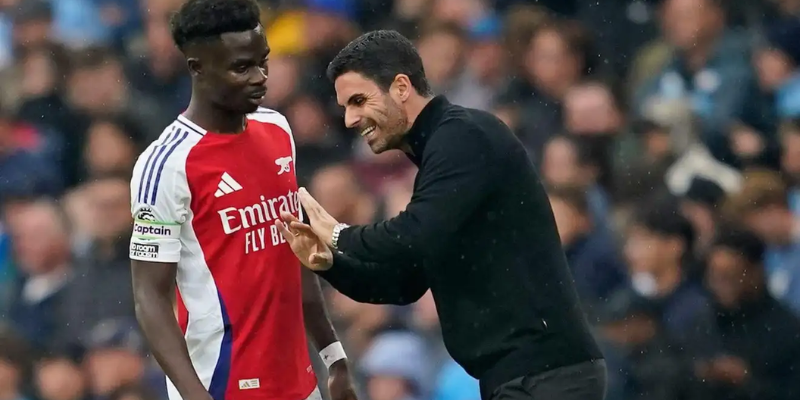
Below are the major factors, drawn, that explain Arsenal’s decision not to bring in a new striker despite the risks.
1. Financial constraints and value
- Several targets came with huge price tags. Benjamin Sesko, Ollie Watkins, etc., were reportedly expensive, making offers difficult to structure.
- Wages matter: signing someone able to demand a large wage for short-term impact risks destabilising budget or violating profit/sustainability rules. Arsenal have to balance the books.
2. Squad depth & internal options
- Arsenal believe they already have capable forwards: Kai Havertz, Leandro Trossard, Gabriel Jesus (before his injury), Raheem Sterling, plus emerging youth like Ethan Nwaneri. The club counted on these players stepping up.
- They saw injuries easing (or hoped so) and believed competition inside the squad could cover until summer. Arsenal Insider)
3. Transfer market timing & risk of wrong purchase
- Arsenal management emphasized not signing someone “just to fill a gap.” They want a striker who fits the tactical system, can deliver immediately, but also aligns with long-term planning.
- Mid-season transfers are risky: player adaptation, disruption of team chemistry, guaranteed playing time issues. For example, with a target like Randal Kolo Muani, one reason they didn’t pursue him was because they couldn’t promise a regular starting role.
4. Organizational / strategic reasons
- Arsenal’s recruitment structure had transitional periods: dealing with departures in hierarchy made it harder to push through deals.
- Arteta and the board showed a preference for planning ahead, making sure the summer window is used more aggressively to get the “right” striker rather than panic in January.
Consequences and challenges of not signing striker
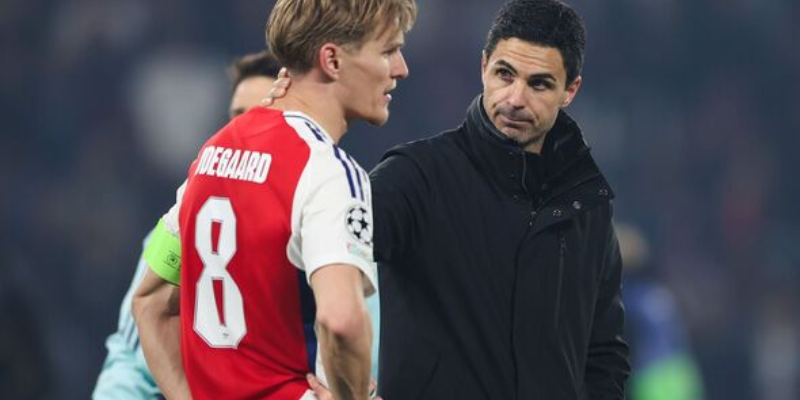
Not signing a striker when your attacking options are injured or underperforming carries serious risks. Arsenal are already facing some of them:
- Goal output decline: Without a prolific No.9, the burden shifts to midfielders, wingers, or less natural goalscorers, which tends to reduce consistency.
- Injury risk multiplies: If Havertz or Sterling or others get injured, there’s less cover. Reliance on youth or makeshift forwards increases volatility.
- Momentum and morale: Players and fans both sense weakness up front; that can bleed confidence, especially in tight matches.
- Criticism from pundits and rivals: Voices like Thierry Henry, Gary Neville, and others have publicly questioned the decision. This adds pressure.
However, some positives/implied mitigating factors exist:
- Arsenal remain in title contention despite these struggles, which suggests other parts of squad and system are functioning well.
- Using existing players, giving youth and fringe players opportunities can be beneficial long-term for morale, development, and financial prudence.
What Arsenal need to do now (and moving forward)
If Arsenal want to avoid regrets tied to why Arsenal not signing striker, they should consider these steps:
- Prioritize a high-quality striker in summer
- Make sure recruitment identifies someone who can score consistently, fits the tactical style, and isn’t just a stopgap.
- Diversify attacking options
- Build depth not only with centre forwards but players who can play as false nines, wide forwards, or attacking midfielders who contribute goals.
- Plan for injuries
- Injuries are inevitable. Having at least two reliable forwards plus rising youth ready can soften the blow when first-choice players are out.
- Ensure alignment between coaching and transfer policy
- The manager’s tactics, the board’s budget, and the recruitment team must be on the same page: style, profile, risk tolerance.
- Communicate clearly with fans
- Transparency about why transfers aren’t happening (cost, fit, timing) helps manage expectations and reduces backlash.
Is the decision justifiable?
Whether why Arsenal not signing striker is an unforgivable oversight or a calculated gamble depends on what you value more: short-term silverware or long-term stability.
- If Arsenal win nothing this season, many will point to the lack of a ruthless goal scorer as a key reason.
- But if the current squad steps up, injuries heal, and they make sharp signings in summer, this restraint could pay off.
Conclusion
Why Arsenal not signing striker has become one of the defining questions of their recent seasons: it underscores balancing act between squad strength, financial discipline, and long-term strategy. While there are clear risks—goalscoring drop-offs, injury damage, fan frustration—Arsenal’s leadership appear determined to stay disciplined rather than panic-buy.
FreeKickSEO sees this as a turning point season: the club’s restraint may hurt them now, but if they get summer right, bring in a top-quality No.9, and shore up attack depth, they could still push for trophies.

